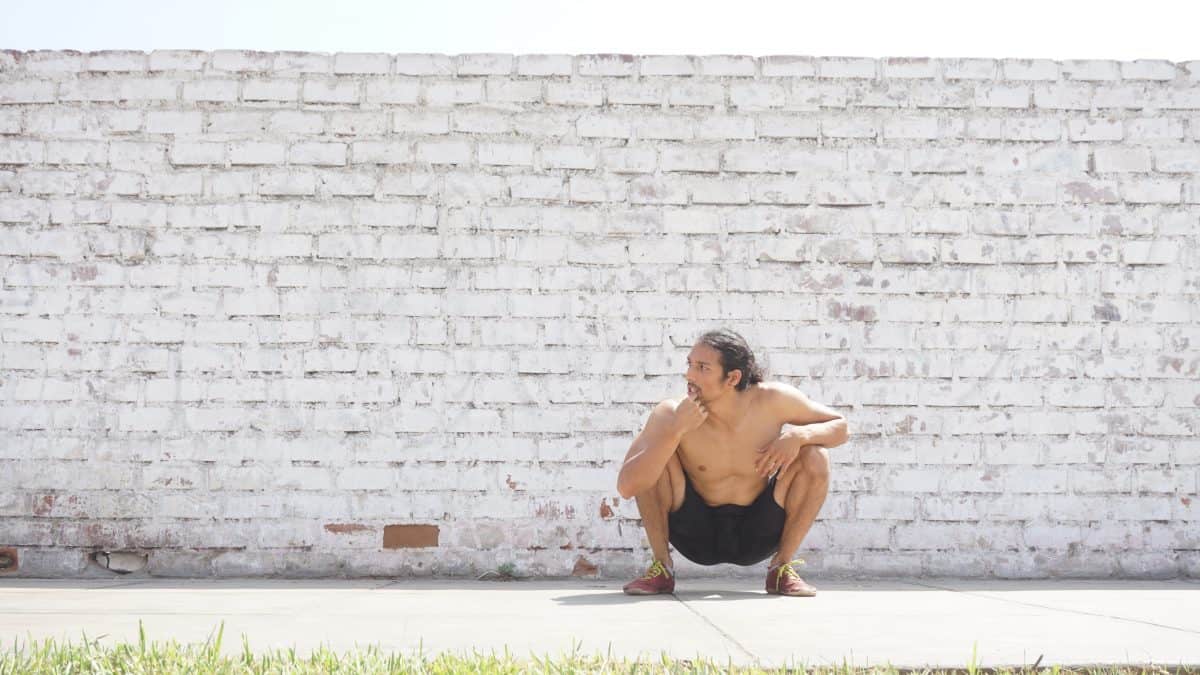Here are some ideas that made sense in a snapshot of my life and I think they are interesting starting points for further research, exploration and sharing the process.
The execution of Movement Tasks are related to the Prerequisites of the goals to achieve.
If you squat with ankle/knee/hip pain, single leg squatting may not be for you right now. If you lift 1RM of X lbs, 1 rep of 10X lbs makes no sense.
Let’s consider a Front Lever (FL) or Planche (PL). A key thing here is the concept of “lever”. The more lever (straight legs) the more torque (force x distance) around the pivot (bars), therefore a higher force is needed to hold it. In order to get a Straight Legs Planche or Front lever, one must, then, develop strength in that particular Shoulder angle.
Many methods for this goal: reducing the lever (tucking the legs), using a smart ratio of dynamic/static bent/straight arm exercises, using weights or elastic bands, accessory exercises for cross training or clever routines; however, the idea is to progressively overload by increasing time under tension in a position as close to the desired one. This is mainly for Safety, Tissue Conditioning and Injury prevention. It is very common in the gymnastic world to start in Tuck PL, go to Straddle PL and only then to Straight Legs PL.

The performance of strength depends not only on physical but on psychological factors such as mental fatigue, intention or illness. For example, performing your FL in a crowded calisthenics tournament at 5pm would be different than training it at 3am drunk alone.
In general, it is just about time and creativity to come up with a situation where the human involved in the task reaches some kind of limit (dissonance between goal and prerequisite) and overcome it (or not).
It is a good idea to ask yourself what are the prerequisites of the movement task you try to achieve, as well as if it really matters for the sake of the performance itself or for a bigger (maybe hidden/unclear) reward.
Standarization of Prerequisites.
Any sport demand physical and technical preparation prior to the activity, mainly to avoid injury and maximize performance. For example, some gymnastics facilities, dance schools and martial arts dojos, have different standards for their athletes/practitioners: namely conditioning protocols, injury treatment, skills, hours of practice, belt systems, etc.
Some Gymnastics Coaches would encourage you to build up to 60 sec tuck Planche before moving on to the next progressions such as straddle Planche. Where as some S&C coaches would say 10 or 20 sec would be enough to progress. This is an example of an objective measure.
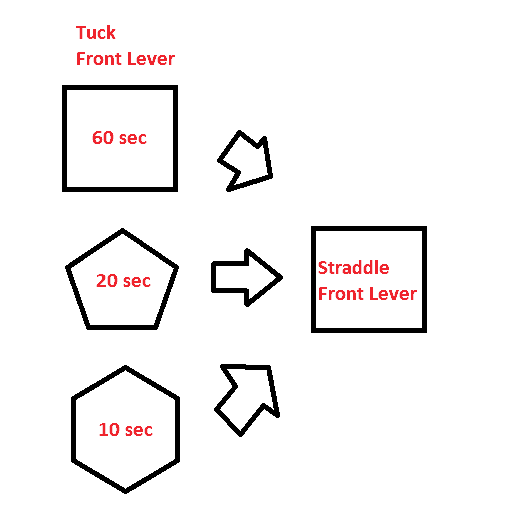
Prerequisites that are usually subjective in essence belong belong mostly to the fields of Arts.
Let’s consider two cases:
1) A straps circus performer doing a FL in a traditional technical circus act.
2) The same performer doing it in a contemporary circus show as a clown.
In 1), the perfect technique is supposed to reward the public more than in the 2) show, but the spontaneity seems more rewarding for the public in 2).
If Prerequisites is one step back, Progression would be one step forward.
Take a calisthenics guy, 20 sec Straight Legs Front Lever. Clearly he would be ready to train for 21 sec Front Lever. With numbers (objective measurements) is easy to predict.
Take a Feldenkrais practitioner (25 years of experience) with an outstanding level of internal (and possibly external) awareness. That guy has prerequisites for something, right? What would that be? What kind of progression or ‘exercise’ can be a more challenging one, being aware of 1 more thing?
The “Prerequisite” concept comes with the concept of “Progression”, just like the concept of time where a “Before” only exists in relation to an “After”. It should also be noted that the prerequisites and progressions change over time, as well as the one who defines them (us or someone else).
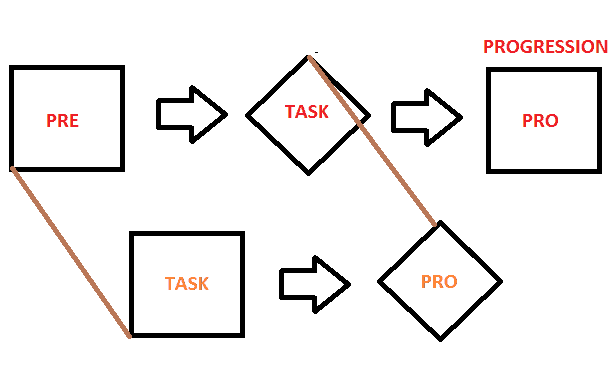
If you think from the “Prerequisite” perspective, a question to be asked would be “Where does this come from?”. While from the “Progression” perspective, it would be “Where does this lead to?”.
Physical vs Psychological Prerequisites.
If I have NO intention to perform X task, I WILL not do it, even when I CAN do it. The task itself will not be done unless I want to.
In a group setting, such as in a contact improvisation jam, sometimes there are patterns that EMERGE, even when participants may be thinking locally/internally, a global/group property/pattern may emerge. Even experienced people may not recognize this new pattern that arises in the group.
For example, say one person yells “Down”, and everybody goes to the floor laying supine. What was that? Why? It seemed nobody wanted to do that, yet the collective force “pushed” everyone to the floor without awareness nor intention. Unconscious intention emerged. Maybe even the person who said “down” didn’t mean “I want everyone to lay down”. This effect resembles the effect called “Standing Ovation” where, after the performance, someone sit ups and claps, and everyone follows. An unconscious need appeared and a satisfying procedure took part.
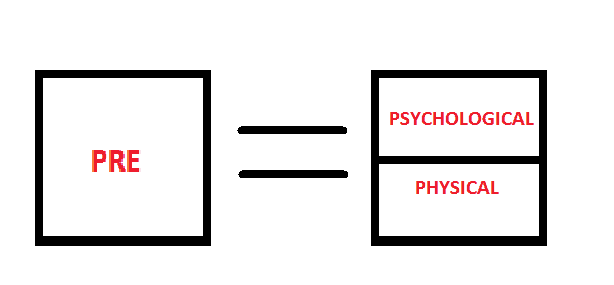
Before a 100m sprint for the olympic games, it is suggested commonly that the athlete enters in a state of relaxed, focused mind, hours, days or weeks before performance. There are many methods to reduce stress, eliminate anxiety and other factors that are believed to reduce performance in athletic activities. (This is, in a way, similar to taking a test. Processes involved resemble each other.)
Personally, taking naps between sessions motivates me and enhance my performance quite a lot, specially when training 4 or more sessions during a day. The same happens when instead of training, I commit to any task: housework, studies, work, relationships, etc.
The term “Prerequisite” is interchangeable with the term “Potential”.
I have arms, therefore I have the potential to reach higher than my head, punch or crawl.
The word “Potential” resonates with the idea of playing Games.
Let’s consider two adults playing a game. They may not be interested, but there is a big “Potential” in this game.
Let’s say the “Potential” is the Game. Think about this for a moment … If the potential is the game, the game is a prerequisite for something else.
Some trivial conclusions of that “Potential” (of playing the game) would be that the participants involved do get interested or that they do become good players. A non-trivial case could be that participants become friends.
“Potential” in this case resembles also to the “genotype”/”phenotype” relation from biology. Phenotype being the expression of the Genotype given certain Environment.
In a way, we are dealing with Movement “Epigenetics”: where we can modify the genotype (participants), fix the environment (game) and explore the phenotype (outcome).
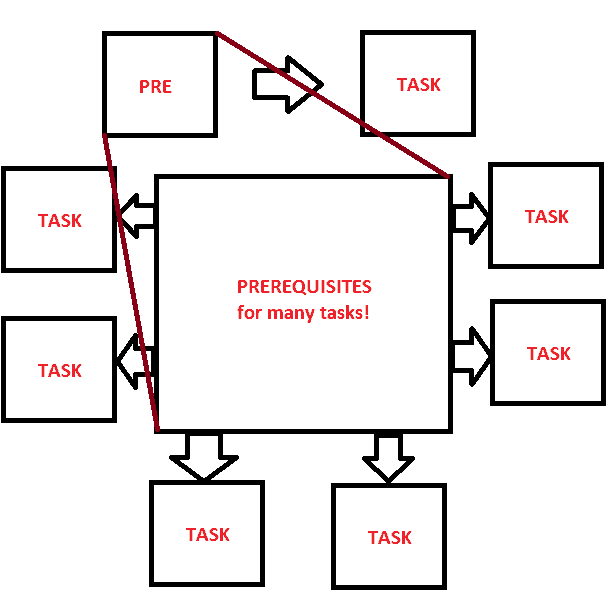
The Strength training Game has the potential for the athlete to increase his Strength. If you change the participant, you may change Strength gains to Injury gains.
Any (non) physical exercise is a Game: it has a starting/finishing point and some rules. The “Life” game starts when we are born until we die. A rule is would be “you have to get nutrients to live”.
Particularly, any package of Movement: Dance, Martial Arts, Circus Arts, Yoga, etc can be conceived as Games.
A conclusion may be that we are always playing Games and any game has a Potential that can lead to different Outcomes just by changing the Players in which the games happen. Today you can be one player, the next you can (are) another player.
Change of perspective.
Do “prerequisites” matter, in the first place?
Couldn’t I just do any variation of the move or project? What about the “just do it” mentality? What about doing it once and then forget about it?
Ultimately, in a movement(life) practice we need self reflection, observation, to take decisions and to perform actions.
The thing with sports is that they have intrinsically some danger involved, some stress and impact on the joints, as well as energy expenditure physically and mentally. So it matters to ensure SAFETY and EFFICIENCY first.
On the other side, the practice may narrow too much and do not take into account the bigger picture.
There are many ways to skin the cat. One argument in favor of trying new things is that curiosity and play transcends humanity, and we own those because it is in our nature. To love, decide or climb, are examples. Let’s find situations where we apply them and see how our life develops, because we have intrinsic mechanisms to develop those.
So even when the “Prerequisites” is a construct (like everything we can think of, pack it, describe it and separate it from another package), it may or may not be useful to enhance your (movement) practice by either bringing awareness and making decisions out of it.
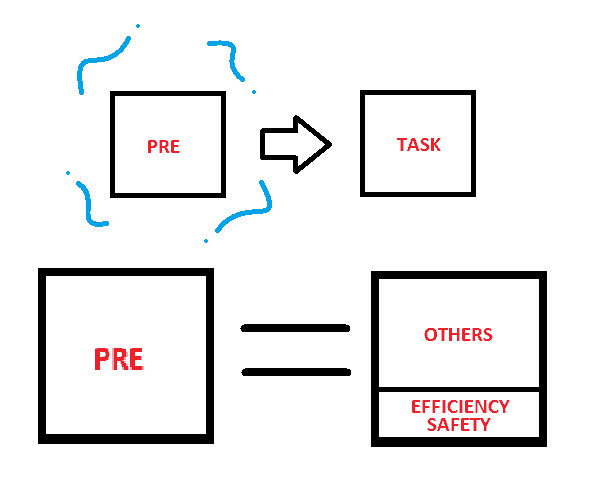
A good idea to live is to immerse yourself in inquiries (in this post: the concept of Prerequisites) that may be interested in a point in the timeline of your life. Then forget about them and keep going, improvising in this game called Life.

